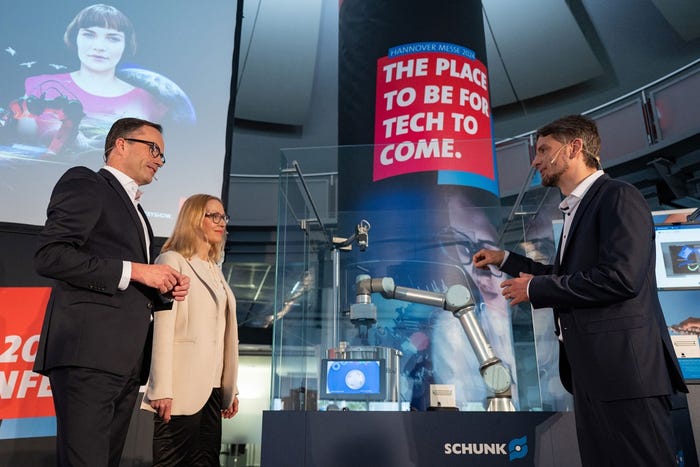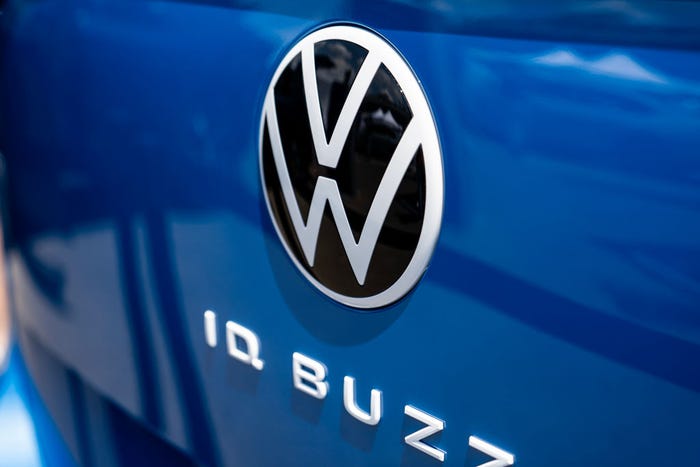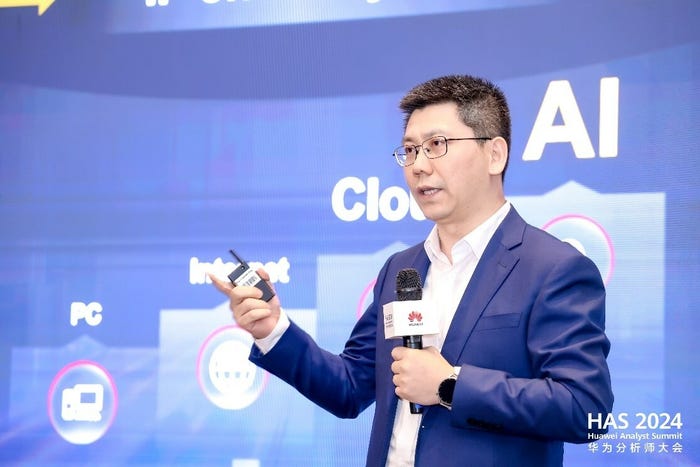As factories and plants slowly rebound, the business model of industrial transformation must conform to hard economic realities.
October 1, 2020

Over the past several months, the industrial sector has faced renewed scrutiny as consumer habits, supply chains and operational challenges mount. The pressure is exceptionally high in hard-hit industry verticals such as oil and gas, commercial aerospace and clothing manufacturing. Meanwhile, vendors serving the industry have also been forced to adjust to the shifting landscape.
“You are not going to make money the same way,” said Farid Bichareh, co-chair, smart factory at the Industrial Internet Consortium at IoT World. The changes in consumer demand and workplace safety practices will likely last at least “a couple of years,” he predicted.
All these changes come at a cost, compelling industrial organizations to revisit business models. In 2020, industrial transformation seems more like a short-term necessity than a means to provide an eventual competitive advantage.
[For all our IoT World coverage, read our IoT World 2020 conference guide. And for more coverage of IIoT, you can also register for Industrial IoT World this December.]
Industrial transformation frameworks such as IIoT and Industry 4.0 promise to increase revenue by boosting industrial organizations’ operational efficiency and providing new offerings. Given the financial turmoil from COVID-19, the promise of new business models and revenue streams is hard for industrial organizations to ignore.
“When it comes to IoT providers or even manufacturers, now you are looking at different options,” Bichareh said. “If you are providing hardware, you may look at equipment as a service.” Manufacturing organizations are also considering licensing and subscription schemes.
For many industrial organizations, just reducing operating costs will not be sufficient, Bichareh said. “They have to come back to new business models you can provide electronically or digitally,” he said. “A lot of rethinking needs to happen.”
Change Is Hard at First
In a cash-strained economy, the idea of selling services or even outcomes rather than a product has clear appeal, according to Alex West, senior principal analyst, industrial technology at Omdia. Being able to shift from a potentially large upfront CapEx cost to spreading payment as an OpEx could be beneficial, especially in the current climate. An automation vendor could, for instance, offer “automation as a service.” Ideally, industrial organizations wouldn’t pay up front for automation equipment, West said. “They would just outsource [automation equipment] from a vendor, and the vendor would keep it up and running.” Such a scenario would leave industrial organizations to focus on their core competency — whether that is oil production, mining, manufacturing or something else.
The concept of IoT-enabled as-a-service model is not new and organizations ranging from tire makers and jet-engine manufacturers have experimented with the business model. But the industrial ecosystem — comprising discrete and process manufacturing — is generally slow to evolve. The same holds true for vendors serving the space, according to West. “You had a world where you traditionally sold hardware,” West said. Making the leap to selling software-based services, solutions or outcomes isn’t easy, as it requires a significant cultural shift across a range of business functions. This is a challenge for the customer and vendor alike. “You’ve got to retrain your whole salesforce. You’ve got to change the way they’re commissioned and the way your accounting is done,” West added.
In the broader IoT ecosystem, however, vendors that offered subscription models have outperformed S&P 500 technology hardware index sales, according to research from Zuora. For IoT-based subscription services, revenue per user increased from the first to the second quarter of the year.
Change often comes gradually in the industrial segment, stressed Satish Gannu, a former executive at a large industrial conglomerate. One reason is that it is difficult to integrate new technology into legacy environments. “If you set up an automation plant, it might run nonstop for seven to nine years,” Gannu said. “There’s no time to change or upgrade anything.” It is common for industrial equipment to run without significant changes for several years, or sometimes several decades, before it is replaced. “If I buy new equipment, I’m looking to have it run for, say, seven to 10 years. And then, industrial environments are often filled with equipment from a variety of manufacturers running a mix of protocols accepting input from human workers. All of those reasons can make it difficult to make the concept of a smart factory a reality. “Yes, in China and other places, there is talk about ‘lights out’ factories,” Gannu added, referring to fully automated facilities. “But they are all new.”
Implementing robots for complete automation can be difficult, as recent stumbles from Adidas and Tesla demonstrate.
When deploying new technology, “it’s important to have a strategy and service model up front because that will save a lot of time and effort, and will allow the services to be offered to the business as soon as they need it rather than trying to figure it out at the last minute,” said William Couri, system design and integration specialist at Boeing at IoT World.
Growth in IoT-based Remote Monitoring
While innovation tends to be slow in industrial settings, one area that is seeing an uptick in investment is remote monitoring of industrial environments. “Now is a good time to be investing in remote monitoring where you can take down head count on the factory floor and replace it with remote monitoring and in some cases operations,” West said. “You could have someone sitting at home responsible for some of the operations and monitoring the performance of machinery remotely. If you are cutting costs, that may help as an initial upfront investment.”
Investments in technologies that enable remote monitoring have a payback when social distancing requirements have disrupted traditional industrial workflows. In a similar vein, several industrial organizations have installed sensor- or machine-vision-based systems to enforce social distancing protocols.
Implementing such technologies, which address clear problems in a defined way, tends to be relatively straightforward. More ambitious goals, such as monitoring the condition of interrelated machines in a plant — or predictive maintenance can be challenging given the patchwork of legacy equipment found in many industrial environments. Implementing a product-as-a-service model, however, is a more complex affair.
Still, West says the as-a-service model has significant appeal in the current cash-strapped environment. For an end user, the prospect of paying for an outcome is likely more appealing than investing half a million dollars in a new machine. The as-a-service model provides an “opportunity for industrial vendors to help end customers who are struggling in financing large upfront investments as well as outsourcing some of the responsibility for monitoring and maintaining such equipment, allowing them to focus on their core business,” West concluded.
About the Author(s)
You May Also Like



.png?width=300&auto=webp&quality=80&disable=upscale)


.png?width=300&auto=webp&quality=80&disable=upscale)